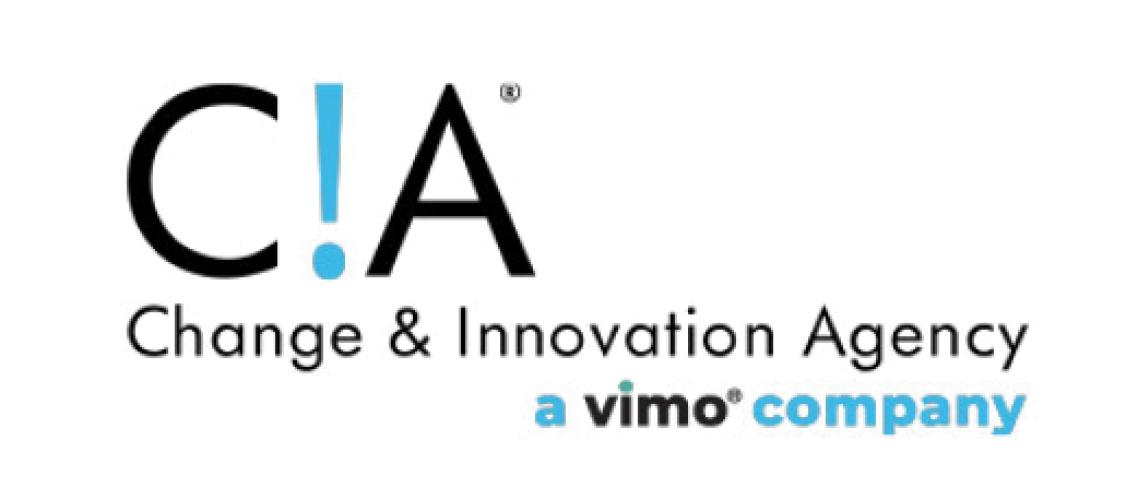CESER Report: Early Implementation of the American Recovery and Reinvestment Act: Workforce Development and Unemployment Insurance Provisions
The American Recovery and Reinvestment Act of 2009 (the Recovery Act) includes nearly $800 billion dollars in federal spending through a number of provisions intended to result in rapid economic stimulus nationwide, particularly in terms of providing jobs, employment services, and retraining for millions of unemployed workers. Programs allocated additional funds in the workforce development area include the Workforce Investment Act (WIA) Adult Program ($494 million), the WIA Dislocated Worker program ($1,184 million), and the Wagner-Peyser Act ($148 million for unrestricted services and $247 million for reemployment services). In the area of unemployment insurance (UI), new outlays were estimated to be roughly $45 billion over 10 years at the time of enactment, with almost all outlays occurring in fiscal years 2009 and 2010. The purpose of this project is to measure progress and challenges in implementing the workforce and UI provisions of the Recovery Act, to highlight new and promising practices, and to provide guidance to the Employment and Training Administration (ETA), the states, and local workforce investment areas. ETA is receiving monthly reports from the states on their expenditures and activities, but it will not receive systematic in-depth information about the implementation of the workforce components of the Recovery Act. This project, involving both an interim report presented here and a final report due in June 2011, is intended to help fill this gap by providing feedback to ETA based on document review, on-line surveys, and in-depth field visits to selected states and sub-state areas.
Several approaches are being used to monitor implementation of the workforce development and UI provisions of the Recovery Act. First, the National Association of State Workforce Agencies (NASWA) conducted five surveys of states, many through the Internet, that are highly relevant to this project. Second, regarding the workforce development provisions, two rounds of site visits to 20 states and two local areas within each state are being conducted in each year of the project. This interim report is based primarily on the first round of site visits. Site visits were made between December 2009 and August 2010. One day was spent interviewing staff at the state level, and one day was spent at each of the two local areas in each state. Sixteen states had been visited at the time the report was prepared. The 20 states were selected purposively to provide diversity on factors such as population size, unemployment rate, the extent to which Wagner-Peyser services were provided in One-Stop Career Centers, region, UI recipiency rate, and relative UI trust fund solvency. Regarding the UI provisions of the Recovery Act, one round of in-depth teleconference interviews will be conducted with a team of UI officials in each of the same 20 states. Due to the desire to wait until state legislatures completed their 2010 legislative sessions, during which many states made changes to UI laws as a result of the Recovery Act, the research team is just beginning teleconference interviews with state UI officials. Findings regarding the UI provisions will be presented in the final Recovery Act report due next year, but the last chapter of this interim report provides a progress report on the research plan for the UI provisions.

































